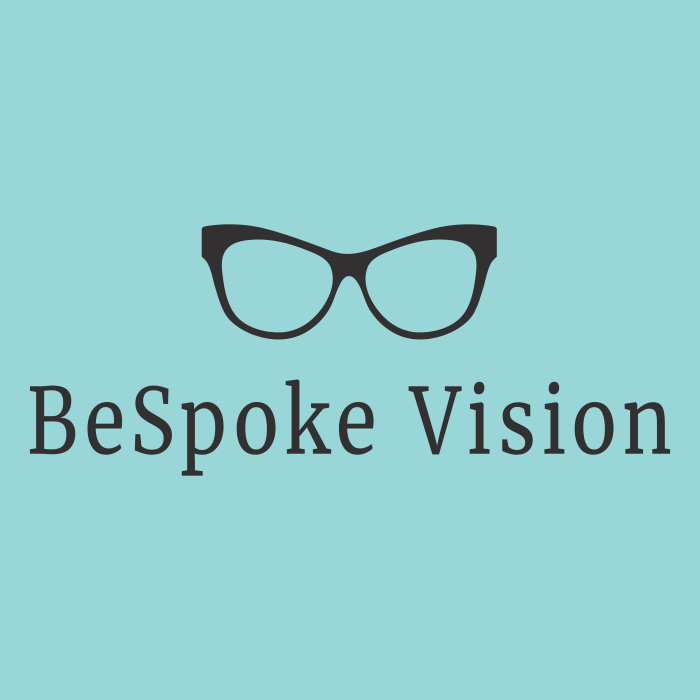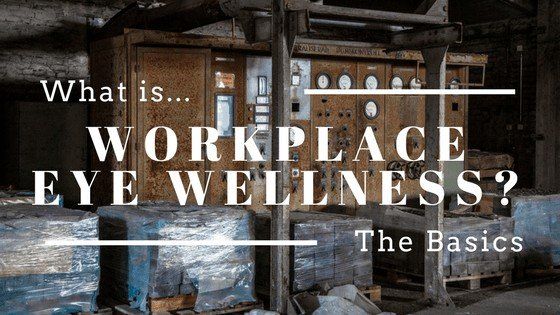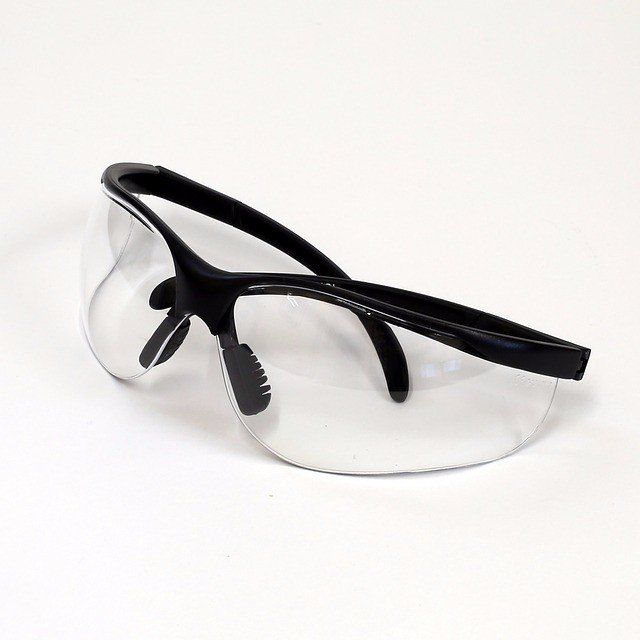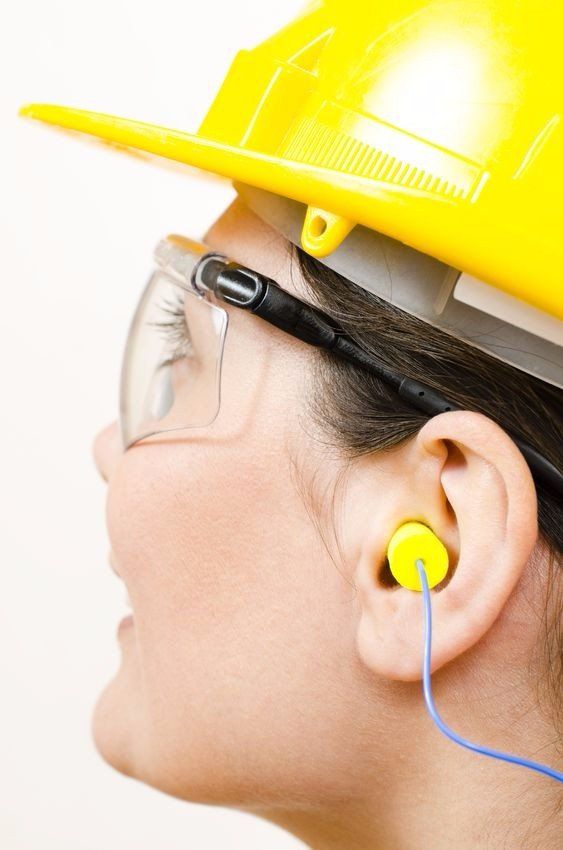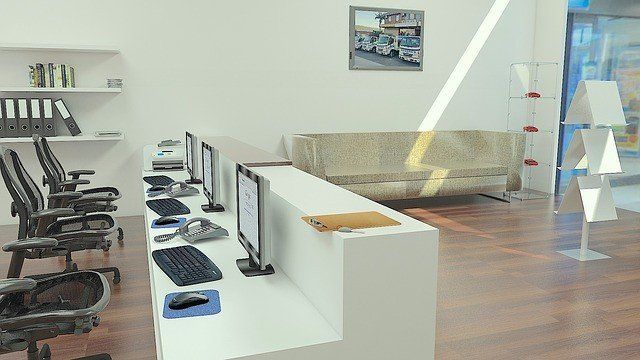Call or Text
Call or Text
405-341-2062
Are Your Eyes Safe At Work?
Protecting your eyes isn’t just about preventing disease or infection. Did you know almost 2,000 people injure their eyes daily while at work? Workplace eye wellness and safety is an often overlooked but important part of eye health preservation. In fact, the Prevent Blindness organization has declared the entire month of March Workplace Eye Wellness Month in an attempt to help provide awareness to both employers and employees alike.
Safety Eyewear
Let’s start out with the most obvious component of keeping your peepers protected - safety eyewear. I get it, it doesn’t always look the coolest and sometimes it can even seem like a hassle to remember. However, choosing to go without it even one time could cost you your sight. Eye injuries can be sustained from a number of sources such as chemical splashes, environmental toxins like gases or mold, flying projectiles, and radiation exposure. In addition, those who work in janitorial, laboratory, or healthcare environments are at risk for acquiring infection diseases that can be spread through the mucous membranes such as the eyes.
Do I Need Safety Glasses?
The Occupational Safety and Health Administration - better known as OSHA - requires the use of protective eyewear in any environment where there is a reasonable probability of injury that could otherwise be prevented by eye and/or face protection. There are many options available such as goggles, face shields, full face respirators, and safety glasses depending on the type of hazard and the circumstance of exposure.
Occupations with a high risk for eye injuries include:
- Construction
- Manufacturing
- Mining
- Carpentry
- Auto Repair
- Electrical Work
- Plumbing
- Welding
- Maintenance
Some guidance on what type of eye protection you might need:
- If working in an area with a high incidence of flying objects, dust, or other particles, safety glasses with side protection should be worn.
- When working near radiation such as that from welding or fiber optics - specially designed face shields or helmets will need to be used.
- If you are working with chemicals, you must wear goggles.
- In environments with the risk of blood-borne pathogens face masks are usually considered along with plastic face shields.
You should always check with your work for their specific requirements and to make sure that if they do not provide you with eye protection that yours meets safety regulations. Side shields placed on your everyday pair of eyeglasses, for example, do not provide enough protection to be considered approved by OSHA for many work environments.
In addition, an employer should also take steps to make the work environment as safe as possible including conducting an eye hazard assessment of the workplace and removing or reducing eye hazards where possible. You can visit the AOA's Occupational Vision Manual for more information on what type of eye protection is right for you.
What If I Work In An Office?
Don’t assume you’re out of the woods if you work in an office setting with minimal to no risk for exposure to the above listed hazards. There can be damage done to your eyes even if you aren’t aware of it - as is the case with those of us who spend a lot of our days on computers or tablets. Computer Vision Syndrome is a real struggle for a lot of individuals, and those suffering from it might not even be aware that this is what is happening. Check out our post here that goes into digital eye strain and computer vision syndrome more thoroughly.
Stay tuned for more info on protecting your sight!
Our Culture
AMD Center of Excellence
Hours
| Monday | 7:30am-6:00pm |
| Tuesday | 7:30am-6:00pm |
| Wednesday | 7:30am-6:00pm |
| Thursday | 7:30am-6:00pm |
| Friday | Closed Most Fridays |
Our Culture
AMD Center of Excellence
Hours
| Monday | 7:30am-6:00pm |
| Tuesday | 7:30am-6:00pm |
| Wednesday | 7:30am-6:00pm |
| Thursday | 7:30am-6:00pm |
| Friday | Closed Most Fridays |
